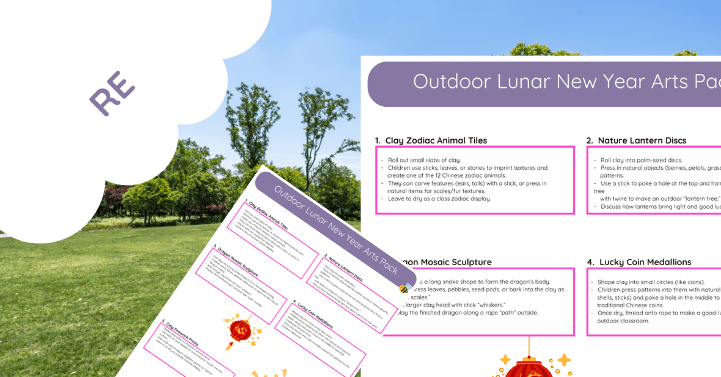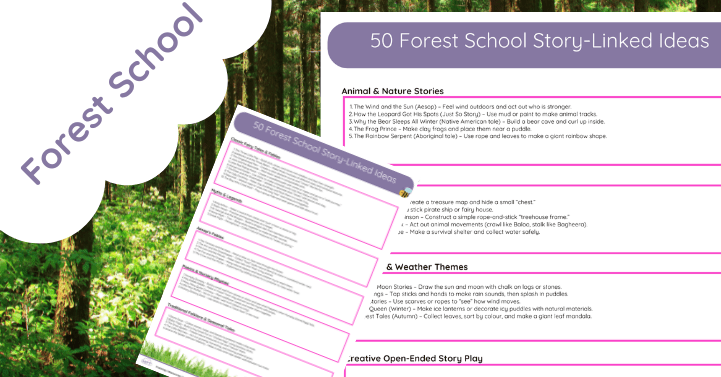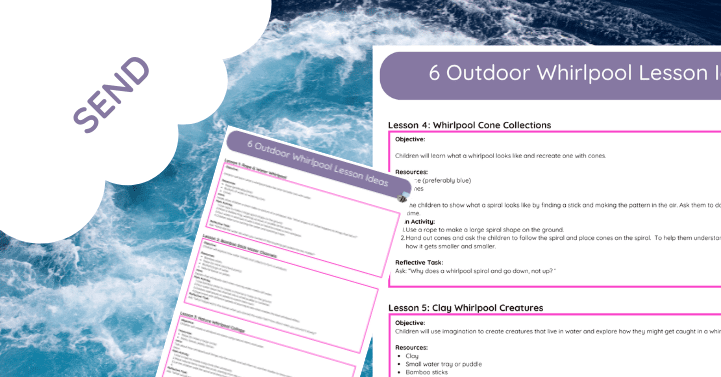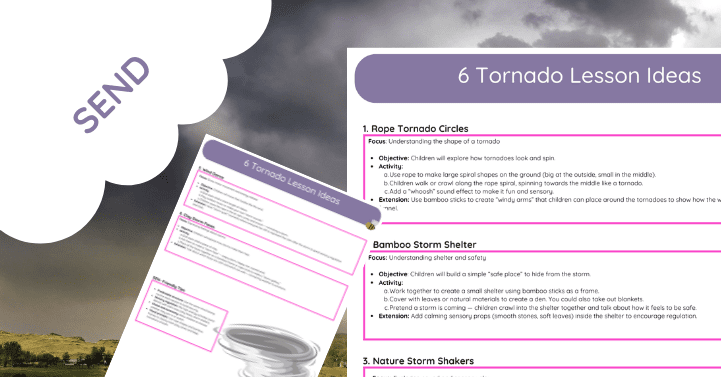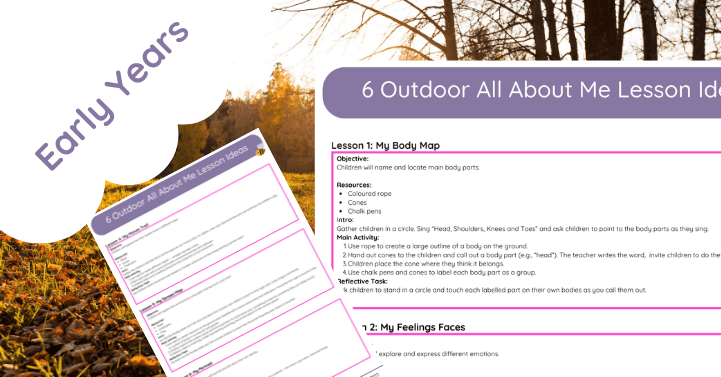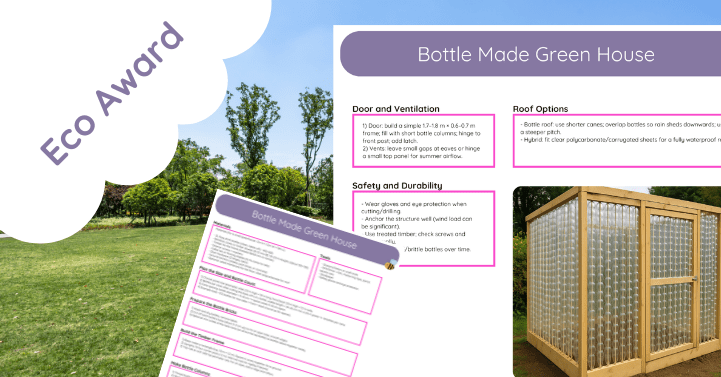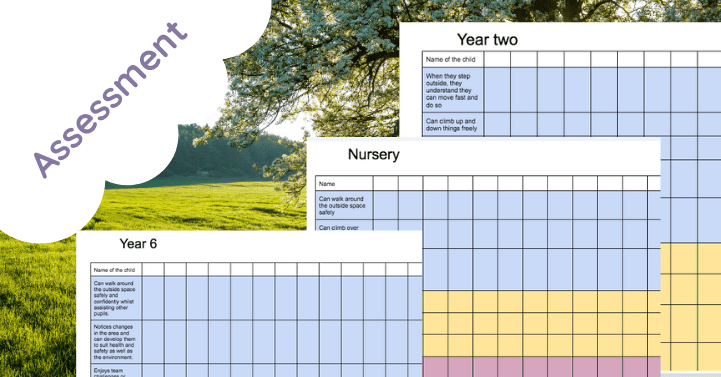Celebrate Lunar New Year in a creative, hands-on way with this **Outdoor Arts Pack**, designed especially for teachers and TAs who want to take learning outside.
This pack includes:
- Step-by-step instructions for 5 clay-and-nature Lunar New Year crafts
- Ideas for creating zodiac animal tiles, lantern trees, dragon mosaics, lucky coin garlands, and firework prints
- Outdoor-friendly guidance using only natural items and clay – no plastics or laminates required
- Suggestions for linking activities to EYFS/KS1 curriculum areas (Expressive Arts, Understanding the World, Communication & Language)
- Tips for involving children in collecting natural materials and working collaboratively
Perfect for outdoor classrooms, forest school sessions, or whole-school Lunar New Year celebrations, this pack encourages creativity, fine-motor development, and a deeper connection with nature – all while exploring global festivals.
The Importance of Celebrating Lunar New Year in Primary Schools
Lunar New Year (also called Chinese New Year or Spring Festival in some cultures) is one of the most colourful and meaningful festivals in many communities around the world. For primary schools, celebrating it offers much more than just a fun break from routine—it’s a powerful opportunity to build inclusion, cultural understanding, and deeper learning.
1. Builds Cultural Awareness & Inclusion
When schools recognise and celebrate Lunar New Year, students from families who observe it feel seen and respected. This helps contribute to a sense of belonging and pride in their own heritage. For other students, it becomes a chance to appreciate diversity, see different cultural traditions, and build empathy.
As research in multicultural education shows, integrating cultural traditions into classrooms improves student engagement, fosters respect among peers, and encourages positive ethnic identity. For example, a recent study on multicultural education and student engagement found that when students see their cultures reflected in class content, their emotional connection, participation, and motivation increase. Read this article on multicultural education.
—
2. Enriches Learning with Real-World Context
Celebrating Lunar New Year gives teachers the chance to integrate cross-curricular learning in meaningful ways:
- Literacy: reading stories about Lunar New Year, writing wishes or cards
- Maths: counting zodiac animals, patterns, calculating dates
- Art & Design: making lanterns, dragon crafts, decorations
- Geography & Social Studies: exploring which countries celebrate, why, mapping traditions
3. Supports Social-Emotional Learning & Well-Being
Festivals like Lunar New Year bring joy, colour, ritual, community—elements that are great for students’ mental health. Shared experiences, stories, rituals help children feel emotionally connected, reduce anxiety, and build positive classroom culture.
Also, celebrations encourage cooperation—students working together on crafts, performances, decorating—and help develop self-confidence and communication skills.
4. Prepares Students for a Global World
We live in a world that is increasingly interconnected. Students who understand and respect different cultural practices are better equipped to live and work in diverse communities.
According to an article by Drexel University’s School of Education, promoting cultural diversity and awareness in the classroom helps students build a positive self-concept and better academic achievement, as well as the intercultural skills they’ll need to thrive in a global society.
5. Strengthens School & Home Relationships
When festivals are celebrated in school, they offer a bridge to home cultures. Parents can be involved, sharing food, stories, traditions. This helps reinforce children’s learning, builds respect, and enhances trust between families and the school.
How to Celebrate Meaningfully
- Dedicate time in assembly or class to explain Lunar New Year traditions (zodiac animals, red envelopes, lanterns)
- Use art, music, drama to bring celebrations to life (e.g. dragon dance, storytelling)
- Encourage students to share their own or family traditions
- Integrate outdoor or active learning where possible (crafts, nature scavenger hunts, dance)
- Make sure celebrations are respectful and informed, not tokenistic


